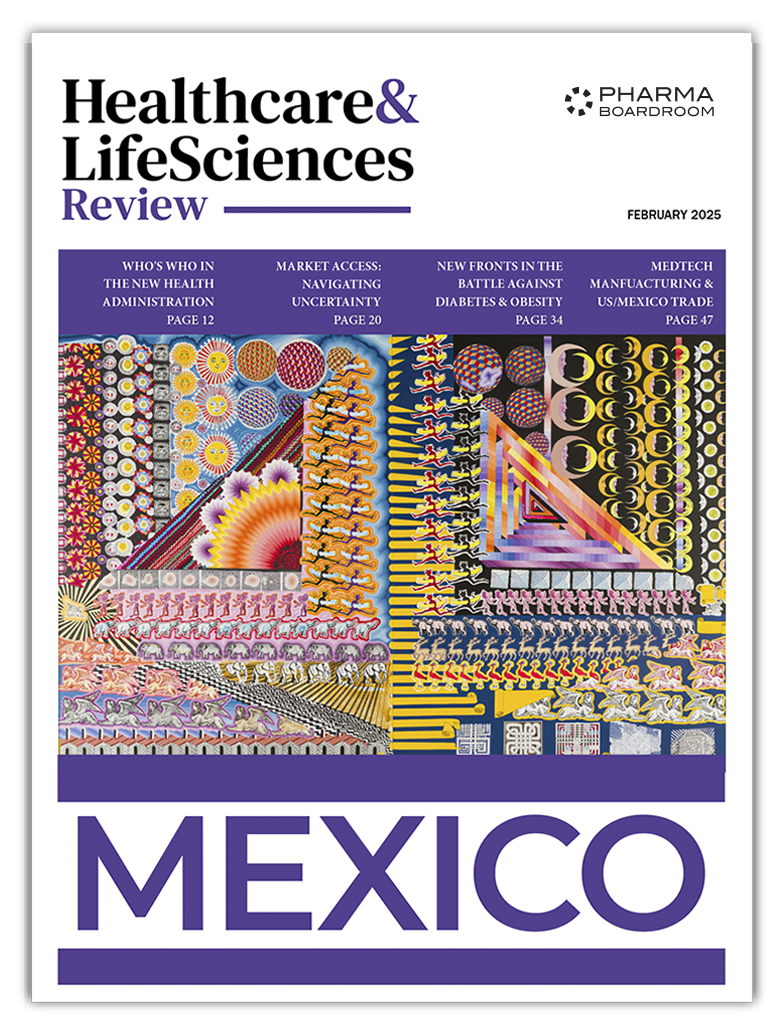Radioligand therapy (RLT), a specialized type of radiopharmaceutical therapy (RPT) that targets markers on tumor cells, is becoming a cancer treatment game changer. With a first FDA approval for Novartis’ Pluvicto, RLT has proved its potential. But are current regulatory frameworks and healthcare systems prepared to integrate this less-than-typical therapy? Experts gathered at the Swiss Biotech Day 2025 in Basel weighed in on the promising aspects of RLTs and the challenges involved in developing them.
Advantages Over Traditional Therapies
Radioligand therapy (RLT) is one of the most promising new treatment options for cancer patients. It is also a rapidly expanding field where pharma players are vying to advance their candidates. The first major milestone in this area of radiopharma came in 2022 when Novartis became the first to achieve an FDA approval for its Pluvicto therapy. Since then, Lilly has entered the field, buying up Point Biopharma, and BMS has jumped into the game with the acquisition of RayzeBio.
At the Swiss Biotech Day held on May 5-6 in Basel, experts in RLTs joined the roundtable “Radioligand therapies: Opportunities and challenges for Switzerland and globally” to talk about the technical, regulatory, and strategic aspects of a field that is still in what moderator Philippe Legenne, CMO of Zurich-based Molecular Partners deemed “the adolescence of radiopharma.”
Radiopharmaceuticals are fundamentally different from conventional drugs, with unique design and dosing considerations, Melpomeni Fani, head of radiopharmaceutical chemistry at the University Hospital, Basel, pointed out. This difference comes with several advantages.
Two core components define radiopharmaceuticals. Namely, the vector (ligand) that targets and binds to disease-specific cells and the radioisotope, which provides diagnostic (imaging) or therapeutic (cell-killing) effects. Unlike traditional drugs, radiopharmaceuticals are not meant to produce a pharmacological effect themselves. The ligand acts solely as a delivery vehicle for the radioactive payload. “It is the radioisotope that will define the application,” Fani underlined. Emphasizing that with these therapies, “we’re not going for the pharmacological approach.”
For Arnaud Lesegretain, CEO, of nuclear medicine firm Orano Med, another key difference between radiopharma and traditional drug development is the lower requirement for expression for target selection. Radiopharmaceuticals, especially alpha emitters, require far fewer target molecules per cell to be effective: “With alpha emitters, you just need 5–10 atom integrations to kill a cell.” This broadens the range of viable molecular targets.
Additionally, these therapies offer a more straightforward mechanism of action compared to traditional biologics. “You connect, emit radiation, and do the damage,” said Lesegretain.
Yet another differentiating feature of radiopharmaceuticals is their ability to provide real-time imaging data. “The imaging component is there to tell us exactly what the pharmaceutical is doing inside the body… where it is localized… how much gets into the disease and critical organs,” said Fani. This imaging capability allows for early screening of ligand candidates, dose optimization based on uptake and biodistribution, as well as facilitating efficient go/no-go decision making in development.
Regulatory Rethinking
Like cell and gene therapies that may not adhere to current regulatory guidelines, RLTs may also require regulatory bodies to rethink their requirements. For Sibylle Jennings, global regulatory team lead, radiosensitive cancers, at Novartis, radioligand therapy demands tailored regulatory frameworks.
With the company’s FDA-approved radioligand therapy Pluvicto, Jennings is well-versed in the regulatory issues surrounding these treatments. “What makes it interesting for me, regulatory-wise, is that it really requires the shaping of the regulatory environment.”
In Jennings’ view, there has been a significant shift in regulatory attention toward radiopharmaceuticals over the past year with the European Medicines Agency’s (EMA) concept paper emerging as the first guideline of its kind, sparking serious regulatory discussions on topics like dosimetry and the safety of radiopharmaceuticals. “We are recognized as a treatment modality that needs to be taken seriously,” she said.
Despite this progress, regulatory bodies often lack experience with these products, leading to overly conservative requirements, Jennings lamented, which underscores the critical need for education and collaboration with regulatory agencies to ensure rules are sensible and patient-centric.
For Emanuele Ostuni, CEO at ArtBio, which focuses exclusively on alpha-based radioligand therapies, the approval of Pluvicto was an important milestone for the field that signaled regulatory and clinical assent. “That’s a great thing for the industry… showing that there is acceptance of the therapy.”
“They’ve done a fantastic job… setting clinical proof of concept, commercial success, and improving quality of life,” agrees Lesegretain about the role of the Novartis approval in advancing the field.
Supply Chain Hurdles
ArtBio’s Ostuni, former head of cell and gene therapy for Novartis Oncology in Europe, also expressed an understanding of the difficulty behind these less conventional therapies, like with CAR-T and other cell and gene therapies. “Launching something very hard, like a radiopharma, benefits from the CAR-T experience,” he claimed.
Beyond regulatory complexity, he stressed that RLTs present other challenges, such as logistical and manufacturing difficulties. “Radioligand therapy is like shipping ice cream without freezers—you need it to arrive intact and still usable,” he made this parallel emphasizing the fact that radiopharmaceuticals degrade rapidly once released due to radioactive decay, a challenge not present in most traditional pharmaceuticals.
Collaboration: An Essential Driver
Another issue highlighted by panelists is the need for tight collaboration across multiple disciplines for clinical development in radiopharma. Jennings indicated that oncologists and nuclear medicine physicians must co-manage trials and patient care while physicists are essential for accurate dosimetry and imaging data interpretation and health authorities, too, must be educated about the unique requirements of RLTs. “Everyone needs to work together… Oncologists and nuclear physicians need to have a dialog and learn from each other,” she asserted.
Fani stressed the rise in international consortiums that bring together diverse stakeholders, helping to strengthen and implement radiopharma practices in broader healthcare settings, tackle the entire value chain from discovery and development to radioisotope supply chains, and involving all key players, including clinicians as end users. He cited the “Ferrofluid Era” as a standout example, a major consortium with 30–40 institutions, including three Swiss participants.



